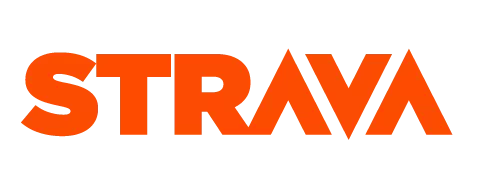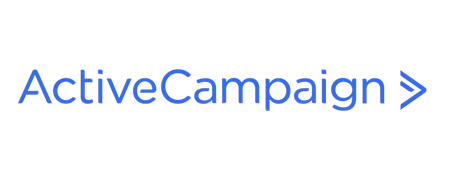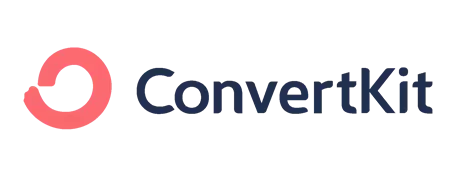AI is everywhere in endurance coaching right now. Feeds full of charts. Tools promising smart plans. Platforms saying they’ll level up your coaching but also sell the AI coach direct to your athletes. Most of them point to the same shiny features: auto-analysis, dynamic workout prescription, and dashboards full of red, yellow, and green flags.
Honestly, it’s impressive tech, but it raises a real question:
What should an AI assistant actually do for a coach?
Continue reading the full post or listen to the audio version on our podcast, or watch the video version on Youtube.
What AI Tools Offer Today
Take a lap around the coaching platforms out there and you’ll see a pattern. Most tools focus on three areas:
Automatic analysis They crunch watts, heart rate spikes, and pace splits. They output insights about fatigue, form, and readiness.
Auto-prescribed workouts They build training plans on the fly and adjust them with a click (or no clicks). One missed session and the whole week shifts like Tetris blocks.
Predictive performance models Charts forecasting race day potential or optimal load. Fancy graphs that look scientific enough to end the conversation.
These things help in small doses, but they create a deeper problem for coaches to think about for the future.
What Replaces Coaches vs What Supports Them
Here’s the thig that matters. Some AI tries to replace coaching. Some AI tries to support coaches.
Most of what’s out there leans toward replacement, even if the marketing says the opposite.
Replacement-style AI looks like this:
- Here’s a full training plan. We'll adapt it on the fly.
- Here’s an automated analysis, shown directly to the athlete.
- Here’s the answer. You don't need to ask your coach about it.
It takes the thinking away. It slowly shifts the relationship away from coach and athlete to platform and athlete. It's subtle to begin with but eventually the coach ends up as an optional bolt-on instead of the core.
Support-style AI looks different. It clears the grunt work so coaches can do real coaching. It looks like more traditional business software but with AI that assists with what coaches normally do manually.
Things like:
- Spotting patterns you want to explore
- Summarizing athlete notes
- Drafting messages you can edit
- Building a starting point for a plan you customize
- Handling scheduling puzzles
- Surfacing the key moments you want to dive into
- Giving you more time to actually think
- Supporting your judgment instead of replacing it
This is where I think AI shines. Not as a coach, but as a second brain.
Why This Distinction Matters
Coaching isn’t sets and reps. It’s understanding the person in front of you. Their history, stress, habits, confidence, fears, excuses, potential.
AI can point at a spike in heart rate. It can’t tell you your athlete got into a fight with their partner, had a rough week at work, or is buzzing after nailing a big session.
It can’t read tone, without a conversation. It can’t build trust. It can’t replace a really good relationship.
When platforms lean into replacement-style features, coaches will end up competing with their own tools for business. If they ever flip a switch and sell direct to athletes, they can do it in a heartbeat. Most are doing this already.
And if the platform prescribes the plan, it’s easy for an athlete to wonder what they’re paying the coach for. Coaches can tell the difference between a mediocre plan and a good plan, most athletes can't, until it's too late.
Why Most Platforms Build Replacement AI
Simple: They already sell directly to athletes and it’s an easier product to sell. A story like our AI will build your plan for you sounds sleek. Investors love AI. Athletes love a quick fix, even if they don't understand it. Platforms love recurring revenue from both sides of the market.
But that direction chips away at the value of coaching. It puts coaches in a weaker position long term. To be honest, I think they were doing that before AI, now it's on overdrive.
What Coaches Actually Need From AI
Coaches don’t need a robot second-guessing their decisions. They need something that keeps them in the driver’s seat.
A good AI assistant should:
- Speed up admin
- Organize information
- Surface meaningful patterns
- Help with communication
- Reduce copy and paste work
- Create starting points instead of final answers
It should help coaches think, not think for them.
The goal isn’t to automate judgment. The goal is to clear the noise so coaches can spend more time on judgment.
That’s the part athletes should actually pay for.
At Training Tilt we've probably been pretty late to the AI party but we've started to introduce coach focused AI tools and will continue to do so. We don't sell anything directly to athletes anyway, so by default everything we build will be "Coach Supportive" AI.
Take our Free "Authentic" Marketing Course for Coaches
Designed for endurance sport coaches. Marketing doesn't need to be pushy. The best marketing simply creates a win-win relationship between you and your customers. Take the simple 6 part course to learn more.













